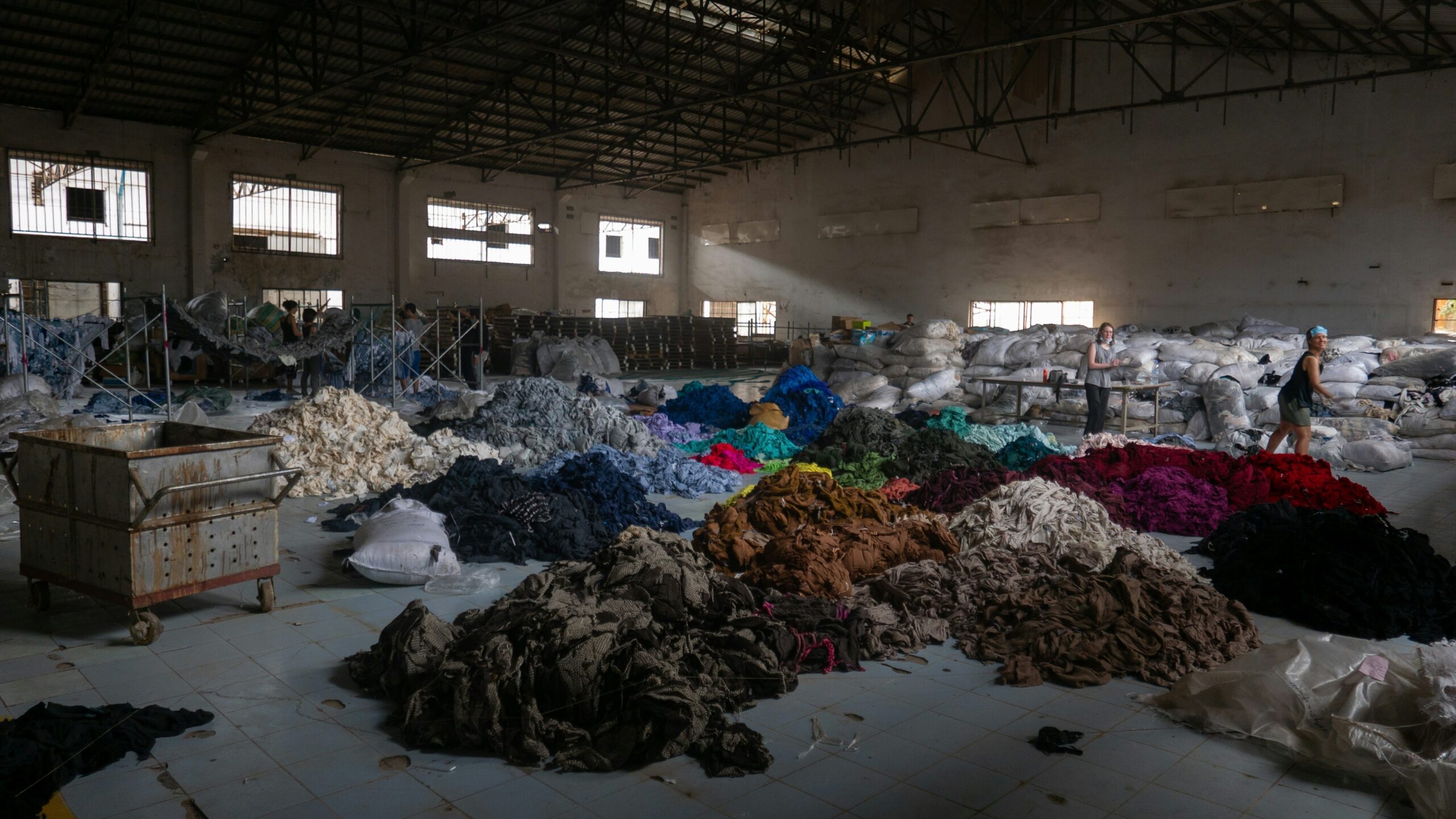Originating in the late 20th century, particularly during the 1990s, this industry phenomenon capitalizes on the “see now, buy now” model, allowing retailers to move designs from the runway to stores in a matter of weeks. Key characteristics of fast fashion include mass production, low prices, and a high turnover of styles, all of which contribute to its ubiquitous presence in daily consumer shopping habits.
Disclaimer – This post may include affiliate links, which means I could earn a commission if you sign up or shop through my links—at no extra cost to you.
What is Fast Fashion, and Why is it Problematic?
Fast fashion refers to the rapid production of inexpensive clothing designed to keep up with the latest trends. Brands churn out new styles every few weeks, making it tempting to refresh your wardrobe constantly. While these pieces may seem like a steal, they often come at a hidden cost—to both your wallet and the planet.
The problem? Fast fashion encourages overconsumption, leading to clothing waste, exploitative labor practices, and environmental damage. The low prices often reflect poor working conditions and cheap materials that wear out quickly, forcing you to replace items more often than you’d like.
The True Cost of Cheap Clothing
While a $10 shirt might seem like a great deal, consider how long it actually lasts. Fast fashion items tend to:
- Shrink, fade, or fall apart after a few washes
- Lose shape quickly due to low-quality fabrics
- Contribute to waste, since discarded clothing often ends up in landfills
Buying low-quality items repeatedly can add up to more than if you had invested in durable, high-quality pieces in the first place.
Benefits of Slow Fashion (Quality, Longevity, Sustainability)
Slow fashion is the antidote to fast fashion. It focuses on producing high-quality, timeless pieces that last for years rather than weeks. Here’s why investing in slow fashion makes sense:
- Quality Over Quantity: Well-made clothing holds up better over time, meaning fewer replacements and long-term savings.
- Timeless Style: Classic, well-crafted pieces stay in fashion season after season, reducing the need for constant wardrobe updates.
- Eco-Friendly: Sustainable materials and ethical production reduce your carbon footprint and support fair wages for workers.
- Cost-Per-Wear Value: A $100 ethically made dress that lasts 5 years is ultimately a better investment than five $20 dresses that only last a few months each.
How to Transition to a Slow Fashion Wardrobe
Switching to slow fashion doesn’t mean throwing out your entire wardrobe and starting from scratch. Instead, focus on making small, intentional changes:
- Declutter and Assess: Take stock of what you already own and identify gaps in your wardrobe.
- Invest in Essentials: Look for versatile, high-quality staples like a well-fitted blazer, classic denim, and a sturdy pair of shoes.
- Shop Secondhand: Thrift stores, consignment shops, and online platforms like Poshmark, ThredUp, Mercari, and The RealReal offer high-quality pieces at a fraction of the price.
- Support Ethical Brands: Research sustainable fashion brands that align with your values.
- Care for Your Clothes: Wash garments properly, repair minor damages, and store items correctly to extend their lifespan.
Budgeting Tips for Investing in Timeless Pieces
If slow fashion sounds expensive, don’t worry—there are ways to build a quality wardrobe without breaking the bank:
- Set a Clothing Budget: Allocate a portion of your monthly budget for clothing to ensure you’re making mindful purchases.
- Use the Cost-Per-Wear Formula: Before buying, consider how many times you’ll realistically wear an item. The more wears, the better the value.
- Wait for Sales & Discounts: Many ethical brands offer seasonal sales, so plan your purchases accordingly.
- Buy One, Donate One: For every new piece you bring in, donate or sell something you no longer wear.
Final Thoughts: Fashion That Saves Money and the Planet
Fast fashion might seem like a budget-friendly choice, but in the long run, it often costs more. Slow fashion, on the other hand, encourages thoughtful purchases, quality investments, and sustainability—all while helping you build a wardrobe that truly lasts.
By shifting to a slow fashion mindset, you’ll not only save money but also contribute to a more ethical and eco-friendly world. Ready to make the switch? Start small, invest wisely, and watch your wardrobe (and savings) flourish!
